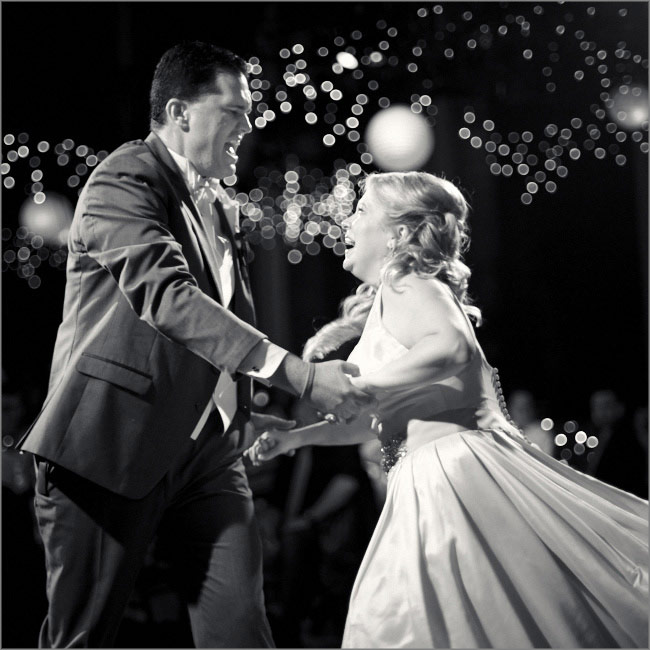Digital Transitions, Gear Testing
Big Buttery Bokeh; Ultra Fast Portrait Lenses for Phase One Bodies – Part 2
Mamiya 80mm f/1.9, Phase One XF with Phase One IQ350 digital back. Photo by Doug Peterson.
Foreword
This is the second of two articles covering six lenses that can be used for super shallow depth of field when using either the new Phase One XF or the Phase One DF+. It includes sample files from the Mamiya 80mm f/1.9 and Schneider 80mm f/2.8. Big Buttery Bokeh: Ultra Fast Portrait Lenses for Phase One Bodies – Part 1, published in July, covered technical details of all six lenses we tested and samples from the Contax 80/2 and Schneider 130/2.
80mm Lenses; The Modern f/2.8 LS
In many ways this lens does not fit the category of the article “Ultra Fast Portrait Lenses” since it is “only” an f/2.8 lens, which for an 80mm is not really ultra fast. But it makes an interesting counter point to those lenses in this article series which are fully manual lenses. Since it is the “kit lens” provided when buying [back + body + lens] bundles, the Schneider 80LS lens is the most commonly owned lens for the Phase One platform. It is a fully modern lens (autofocus, auto aperture) and its built in leaf shutter provides native flash-sync speed of up to 1/1600th of a second.
With a maximum aperture of f/2.8 the minimum depth of field of this lens is not directlycompetitive to the faster lenses in this series. But as these sample files show, even on a crop sensor like the Phase One IQ3 50mp the depth of field is quite shallow. On a full-frame high-res back like the Phase One IQ3 80mp, it is even more shallow.

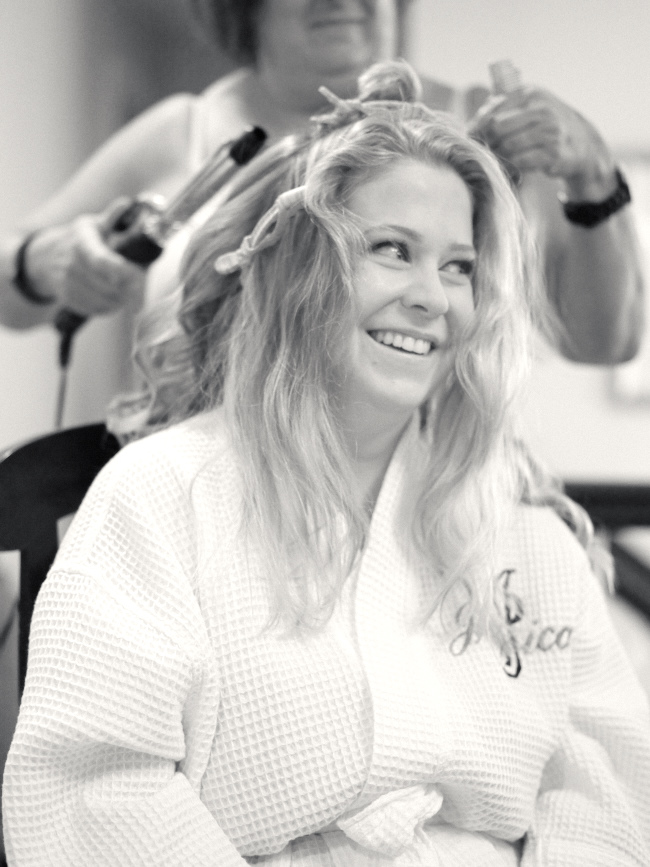
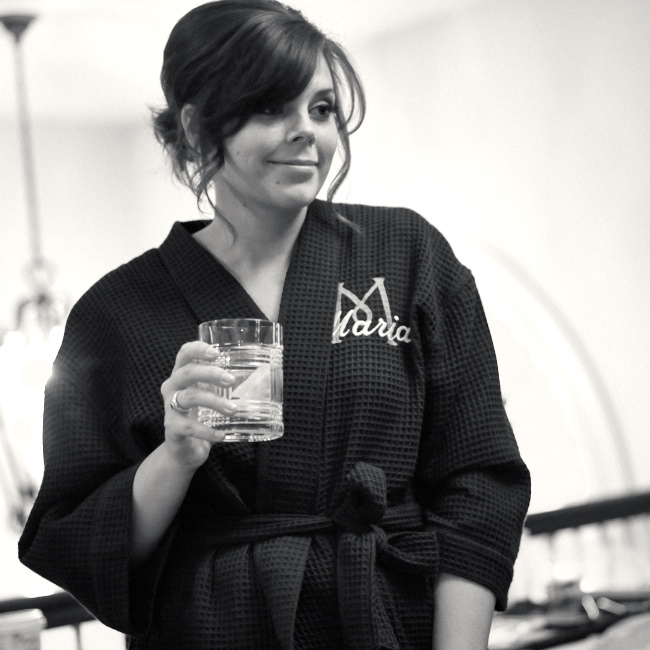
80mm Lenses; The Classic f/1.9
The Mamiya 80mm f/1.9 was developed for the Mamiya 645 Pro TL, Mamiya’s first 645 format camera body which began shipping in 1975. Despite this age it provides surprisingly decent wide-open resolution in the central area of the frame, but falls off quickly outside of the center of the frame. For crop sensor backs like the IQ3 50mp about two thirds of the frame is fairly sharp when shooting wide open – for full-frame sensors like the IQ3 80mp only the central half.
Most of the samples in this article were shot with the IQ3 50mp, so the depth of field is not as shallow as it would have been with a full-frame digital back. For these shots the ISO benefits of the CMOS-based IQ3 50mp were too alluring to pass up.
As detailed in Part 1 the Mamiya 80/1.9 is an all-manual lens, and requires modification for use on the XF. But the ability to focus and shoot from live view breaths new life into such manual lenses.
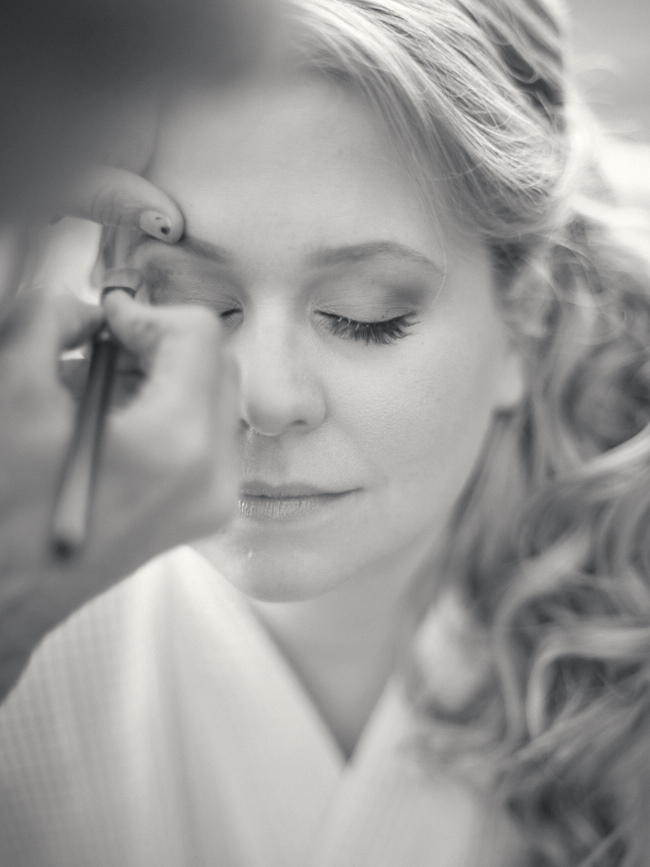
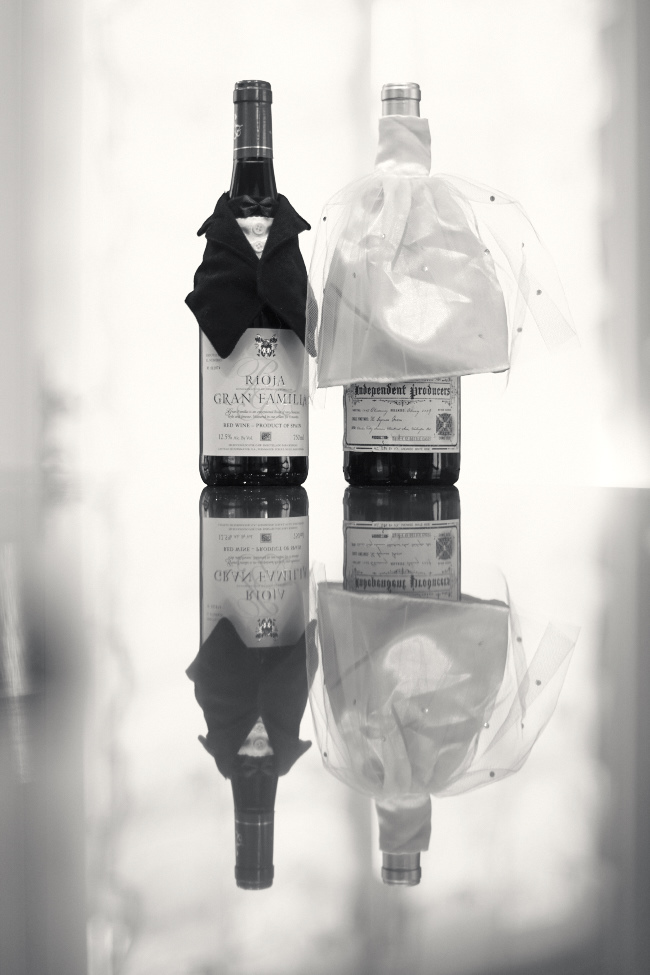


These images are © Doug Peterson (www.doug-peterson.com). You are welcome to download them, process or print them for your own personal evaluation, and repost them on other sites/blogs/forums provided you include a link back to this article and credit Doug Peterson.
Bonus Images



